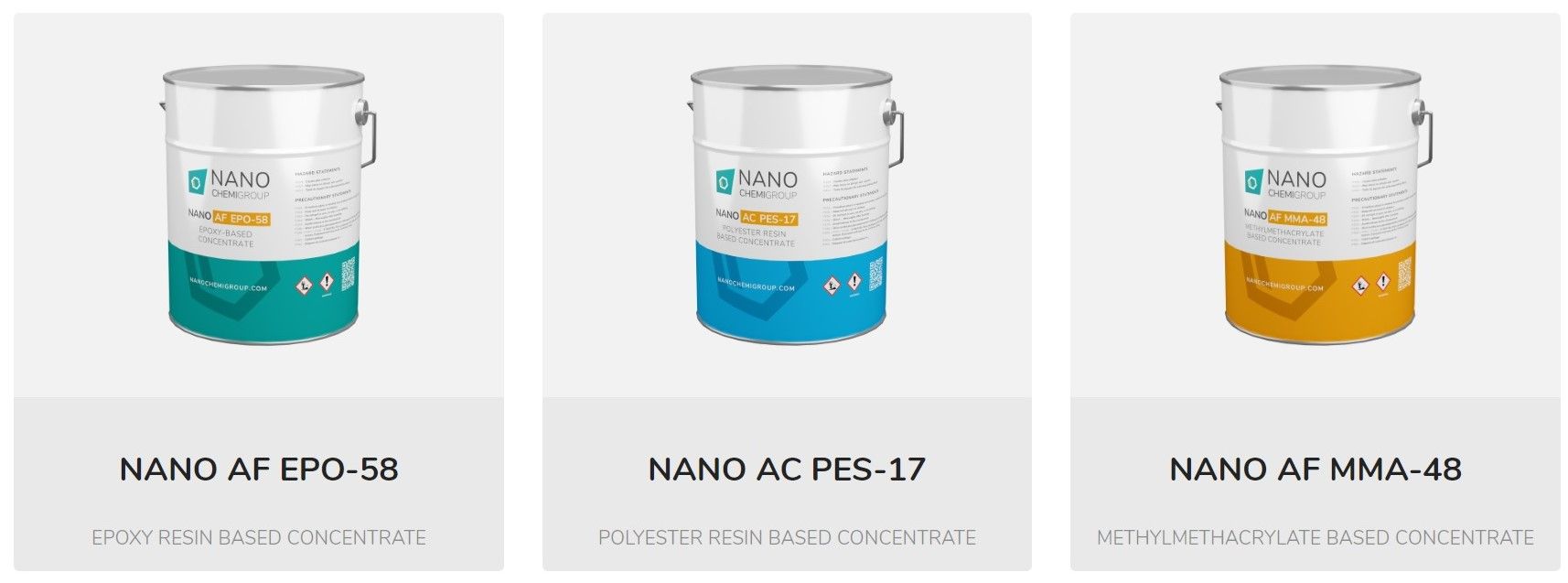Giving a definitive description of graphene is harder than thought. Like explaining what art is, the terminology to answer the question, ‘What is graphene?’ is … cloudy.
For example, graphene is often defined as a two-dimensional form of carbon. Yet, it can also be at least ten-atoms thick, which logically make it 3-D.
To help clarify the issue, and because the industrial and business worlds rely on both legal and scientific wording, the American-based Graphene Council has issued its ultimate definition.
What is Graphene?
In cooperation with ANSI (the American National Standards Institute) and ISO (the International Standards Organisation), monolayer graphene has now been defined as “a single layer of carbon atoms with each atom bound to three neighbours in a honeycomb structure.”
However, on a commercial level, graphene is not one single material, but a group of materials. It is an allotrope of carbon in two-dimensional form.
The allotrope of 3-D carbon includes, among other substances, coal, charcoal, diamond, and graphite. It is all the forms that carbon takes.
As graphene can also come in many shapes and forms it is also called an allotrope. A form of carbon in only two dimensions.
However, most people are not concerned about legal definitions, they focus on the superlatives of this extraordinary material.
As the Graphene Council notes;
· It is the thinnest material known to man, so thin that it is often considered to be 2 dimensional.
· It is the strongest material ever measured; 100 to 300 times stronger than steel.
· It is the best conductor of electricity, approaching the performance of a superconducting material at room temperature.
· It is the best conductor of heat, even better than diamond which of course is also a carbon material.
But beyond the superlatives, graphene’s properties leave other materials in the shade.
For example, it has been estimated that graphene’s electron mobility is 100 times faster than silicon. While its thermal conductivity has been rated ten-times greater than copper. At the same time a single sheet of graphene is almost completely transparent, allowing approximately 98% of visible light to permeate.
The Challenges facing Graphene
Graphene’s properties make it ideal for use in a wide range of industries. For example, its high electrical conductivity makes it ideal for use in electronics, while its transparency makes it useful in solar panels and displays. While, its strength and flexibility make it a good raw material for resins and composites, where it is used for the production of items as diverse as golf clubs, satellites, skis, wind turbine blades, and boats.

However, technical difficulties in its production and application can limit its practical usage.
As the nano industry journal AzoNano explains, “… if a composites manufacturer wanted to add graphene to tennis rackets to increase their strength, it would be necessary for them to know how to disperse the graphene throughout the matrix of the material, which is not easily done. Graphene, along with other nanomaterials, suffers from agglomeration issues when dispersed in resins, which causes it to bunch up, significantly reducing its practicality.”
To avoid these issues, manufacturers are increasingly turning to trade marked recipes that expertly advise on the type of nanomaterial, the quantities required, and the mixing process. Alternatively, ready-mixed concentrates of nanomaterials and epoxy resins, or nanomaterials and polymers are purchased.

So, while a set definition for graphene is a useful and practical step, graphene, like other nanomaterials, requires special consideration.
As the AzoNano report explains, “It is not enough to just understand what graphene is as a material; it is more important to understand how graphene can be exploited for all the applications it is being targeted for. Engineers must realize that when it comes to graphene, adding less is often better for increased performance. … Graphene is unusual in this aspect in that it frequently improves multiple properties, even those that are normally in opposition such as wear and traction in rubber. This makes graphene unique.”
Photo credit: seagul from Pixabay, NANOCHEMIGROUP, & Bente Jønsson from Pixabay
